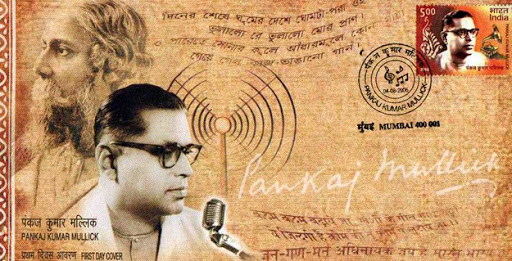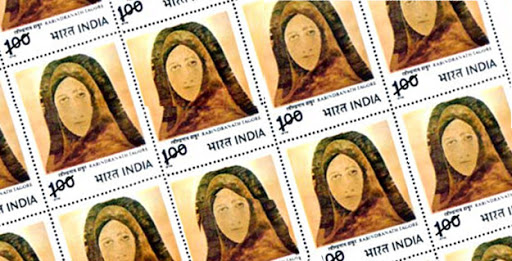The Indian Rebellion of 1857 was a period of armed uprisings against colonial authority of the British East India Company in India between early 1857 and mid 1858. The period and events are also often referred to as the Indian Mutiny, Sepoy Mutiny or First War of Indian Independence. These uprisings were mainly concentrated in north central India, with some outbreaks elsewhere. The first signs of brewing discontent, involving incidents of arson in cantonment areas, began to appear in January 1857.
Mutinies of Indian troops serving in the East India Company's army, such as at Vellore in 1806 were not unprecedented. There were also several previous battles between the Company and local rulers such as Rani Chennamma of Keladi and Tipu Sultan of Mysore, as well as previous popular uprisings such as the Sannyasi Rebellion of the 1780s.
All these events were, however, limited to a relatively small area, within a town or at the most a few districts. What was unprecedented was the escalation from purely localized conflicts to a large scale rebellion, which broke out in May 1857.
This rebellion brought about the end of both the East India Company's rule in India, and the Timurid dynasty replacing it with direct rule by the British government (British Raj) of much of the Indian subcontinent for the next 90 years, although few hundred states retained nominal independence under their respective Nawabs and Rajas, or kings.











0 comments:
Post a Comment